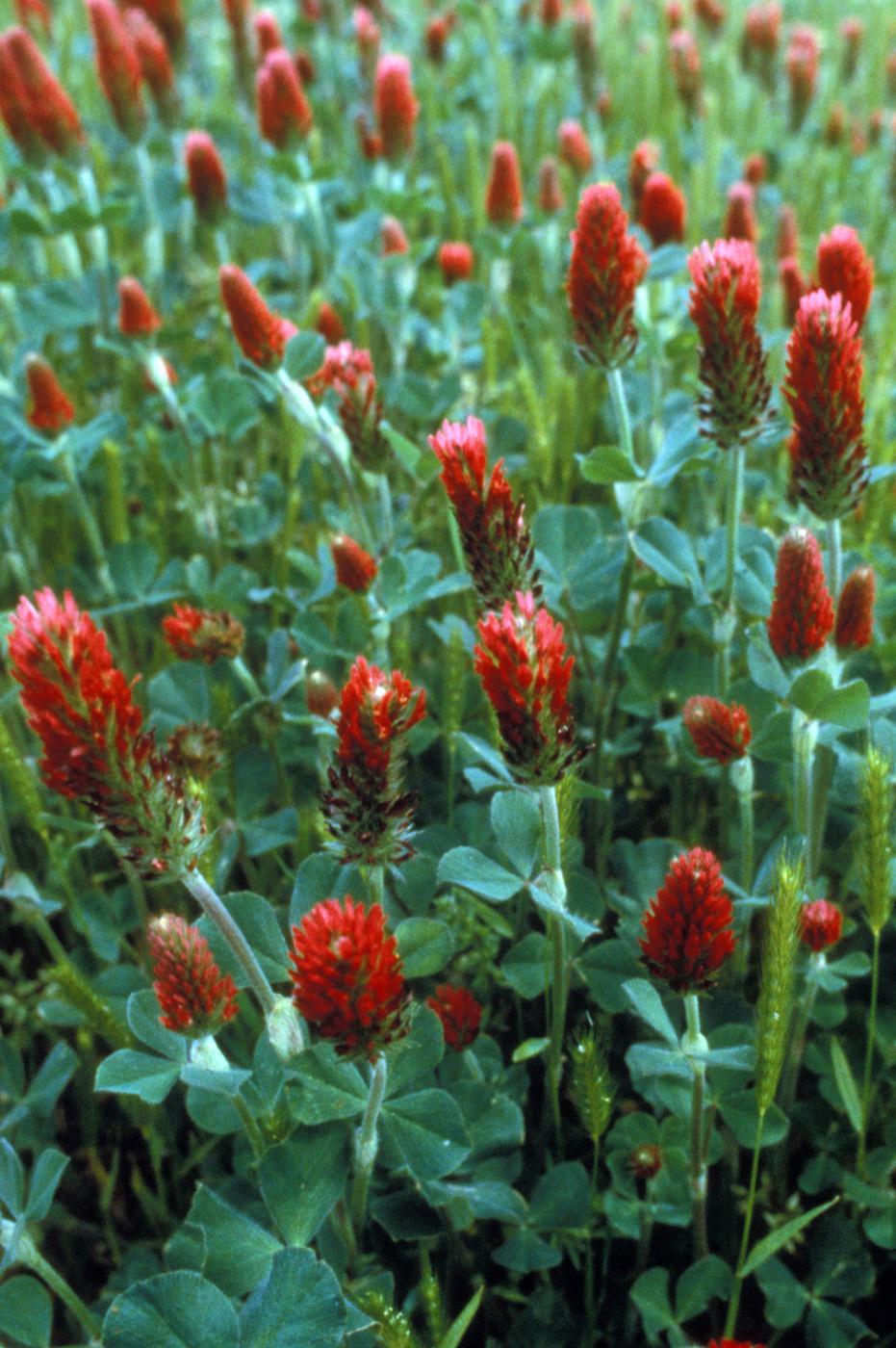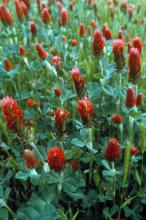Information Possibly Outdated
The information presented on this page was originally released on September 13, 2012. It may not be outdated, but please search our site for more current information. If you plan to quote or reference this information in a publication, please check with the Extension specialist or author before proceeding.
Historical crop method enjoys modern revival
MISSISSIPPI STATE – Long before scientists created commercial fertilizers, farmers used cover crops to increase soil health and productivity and many of today’s producers are returning to those roots.
Mississippi State University professor Jac Varco, a researcher with the Mississippi Agricultural and Forestry Experiment Station, said a cover crop is one planted during the off-season to benefit the soil. Common cover crops include clover and vetch.
“Deep in our history in the South, cover crops were a fairly widespread management practice,” Varco said. “Our mild winters are an advantage.”
Cover crops help protect soil from erosion and other problems.
“They prevent surface soil crusting and help maintain and improve soil porosity. They are used to prevent erosion, add organic matter, suppress weeds and feed microbes and microfauna, such as earthworms,” Varco said. “Once the cover crop is cut or killed, it remains on the surface as mulch, which helps the soil retain moisture.
“Over time, water quality improves. There are not a lot of disadvantages,” he said.
Certain cover crops can obtain nitrogen from the atmosphere, which reduces growers’ needs for off-farm purchases of nitrogen fertilizer, Varco said.
“Legumes, such as common clovers and vetches, grow readily in Mississippi and accumulate nitrogen through a symbiotic association with certain bacteria that infect the roots,” he said.
After the legume cover crop has grown sufficiently, the producer desiccates it or cuts it. It releases plant-available nitrogen as it decomposes.
Varco said the primary cost of a cover crop is in the seed and planting. Some growers struggle to see the financial benefit of a cover crop that is not harvested and sold.
“Although there are many benefits, they are difficult to quantify economically -- except nitrogen. Nitrogen released in plant-available form has a direct, measurable effect on a subsequent crop’s yield,” he said.
More exotic types of cover crops exist, but their seed is more expensive.
“One cover crop that growers have asked about lately is called oilseed radish, forage radish or tillage radish,” he said. “It produces biomass quickly and puts down a root, which helps open up the soil space.”
Generally, this crop is planted in the fall and will not survive a killing frost.
“Many growers like that idea because they don’t want something green when planting in the spring. Some cover crops have to be chopped or desiccated with an herbicide, but if a frost kills it, the grower doesn’t have to,” he said.
Cover crops appeal to organic growers because they can supply nitrogen naturally and provide benefits, such as mulch, for water conservation and weed control.
Dustin Pinion of Beaverdam Fresh Farms in Indianola said he uses cover crops for many reasons.
“We grow them before and after cash crops to suppress weeds, improve soil fertility and structure, prevent erosion and attract beneficial insects,” he said. “We like to experiment with different cover crops, but our favorites are buckwheat and cowpeas.”
Pinion and his business partner, Ali Fratesi, sell pasture-raised eggs, poultry and hogs in addition to pesticide-free fruits and vegetables.
“Sometimes we plant cover crops after we move our pigs to a new pasture paddock,” Pinion said. “This speeds up the recovery of the disturbed paddock and adds more biomass for the pigs to eat on their next rotation. It also breaks up any compaction that the pigs may have caused during their short stay in each paddock.”
Varco said cover crops can be beneficial for home gardeners too.
Home gardeners can use a winter legume cover crop in their gardens, till it under in the spring, and get a good dose of available nitrogen while also building the soil’s organic matter,” he said. “As people think more about where their food comes from and grow their own, they can see how easy cover crops are to manage. They can take their lawn mower, mow the cover crop, pile up the clippings, till the garden, and then use the cover crop cuttings as mulch.”







